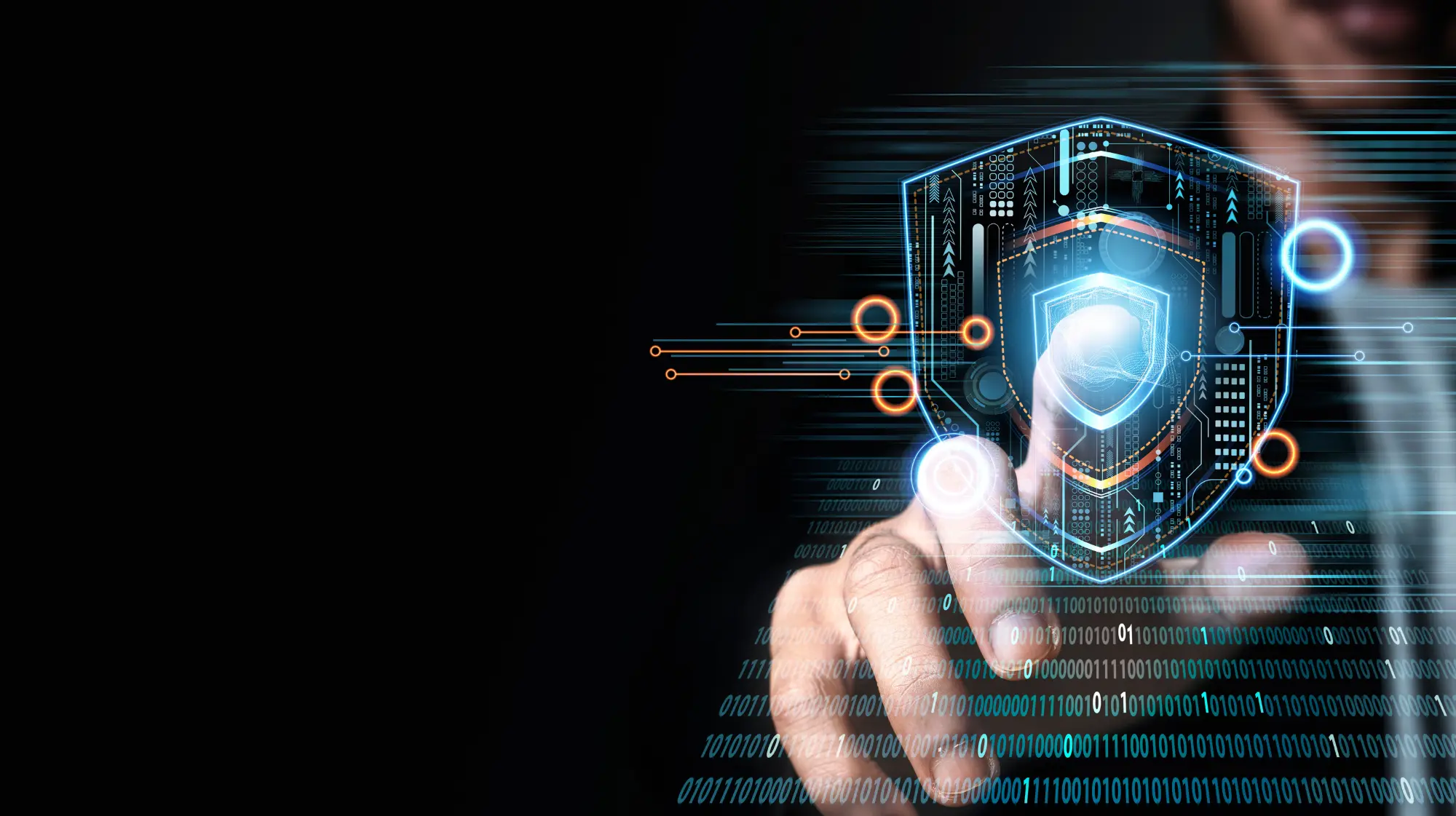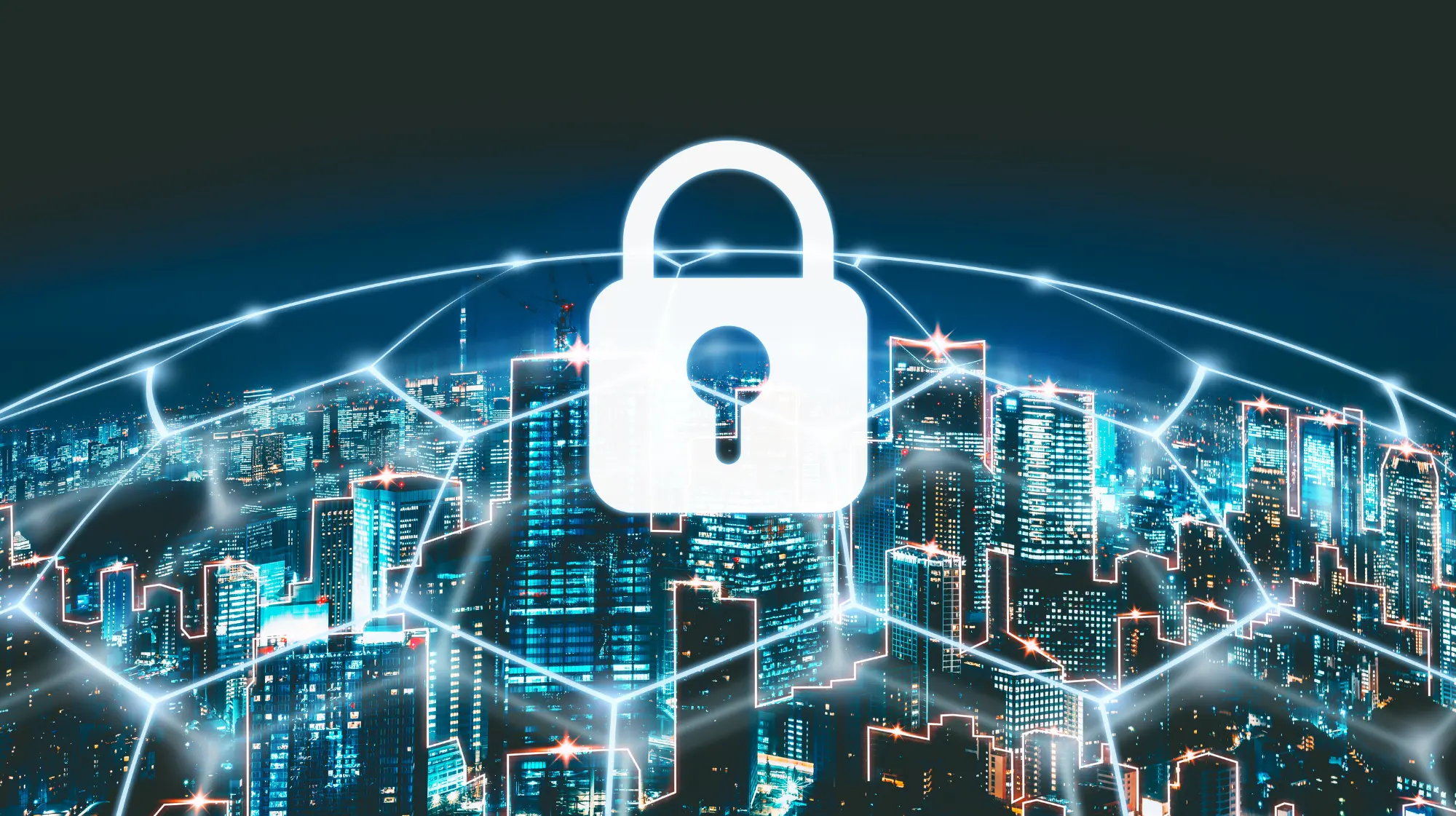Understanding and implementing Security Information and Event Management (SIEM) combines sophisticated security data analysis, real-time monitoring, and incident response, facilitating a proactive defense. This article demystifies SIEM, highlighting its indispensable role in modern cybersecurity strategies and offering insights into its functionalities, benefits, and best practices to safeguard against emerging cyber threats.
Table of Contents
What is SIEM and how does it work?
SIEM (Security Information and Event Management) technology is vital for modern cybersecurity frameworks. By combining security information management (SIM) and security event management (SEM), SIEM solutions provide a powerful tool for organizations to enhance their security posture.
What are the Fundamentals of SIEM Technology?
Here are the core elements that define how SIEM systems work:
- Event Data Collection and Log Management: At the heart of any SIEM solution is its capability to aggregate, normalize, and store vast amounts of event data from various security devices and applications across an organization. This log management process maintains data security and supports the analysis of security events.
- Event Correlation and Threat Detection: SIEM software employs sophisticated algorithms for event correlation, identifying patterns and anomalies that could indicate security incidents. This process is vital for threat detection, allowing security teams to discover and respond to security risks.
- Security Alerts and Real-Time Monitoring: SIEM tools can generate security alerts in real-time by continuously monitoring security logs and event streams. These alerts enable security analysts and security operations centers (SOCs) to swiftly address security issues, minimizing the potential impact on the organization.
- Security Analytics and Reporting: SIEM systems also provide comprehensive analytics and reporting features, offering security teams deep insights into their organization’s security posture. This analysis can help streamline security workflows, improve security controls, and make informed decisions about security management.
- Security Orchestration and Automation: Advanced SIEM solutions integrate security orchestration and automation capabilities to enhance operational efficiency. It allows for automated responses to common security incidents, reducing the workload on security teams and improving response times.
- Compliance and Regulatory Adherence: SIEM technology helps organizations comply with various security standards and regulations, such as the Payment Card Industry Data Security Standard (PCI DSS). By providing detailed logs and reports, SIEM systems assist in demonstrating compliance efforts and managing security risks.
- Future of SIEM: The evolution of SIEM continues with the advent of cloud SIEM solutions and next-gen SIEM platforms, which offer scalable, flexible, and more efficient ways to manage security data and event correlation.
SIEM capabilities and use cases
Security Information and Event Management (SIEM) systems provide a centralized security platform for monitoring, analysis, and response across various use cases. They streamline log management and compliance reporting by aggregating log data from multiple sources, ensuring adherence to standards like PCI DSS, and facilitating swift detection of potential threats through ongoing monitoring. SIEMs also bolster threat detection and response by using sophisticated algorithms to alert analysts to anomalies, integrating with security orchestration tools for efficient incident resolution and minimizing the impact of security incidents. Through network behavior analysis, SIEM systems identify malicious activities by monitoring traffic patterns and unusual behavior, enriching security event information for better risk identification. Post-incident, they enable forensic analysis and investigation with detailed event logs and analytical tools, preserving evidence for legal compliance. Additionally, SIEMs integrate with other security tools within an organization's Security Operations Center (SOC), enhancing collaboration, streamlining security operations, and forming a unified security management system that significantly strengthens their defense.
What are the benefits of SIEM?
The benefits of SIEM technology encompass improved security through enhanced threat detection and streamlined incident response, regulatory compliance simplification via comprehensive log data consolidation, and heightened IT environment visibility. Additionally, SIEM can reduce costs by automating security tasks, allowing teams to focus on strategic initiatives and preventing costly breaches, thus offering long-term value despite initial investment requirements.
What are the differences between SIEM and SOC?
SIEM and SOC embody important yet distinct facets within an organization's cybersecurity framework, each with unique operational focuses, technological integrations, staffing needs, workflow management, and cost considerations.
SIEM solutions utilize a tool-centric approach requiring specific technical expertise for effective data management and threat detection. Conversely, SOCs employ a comprehensive suite of tools, including SIEM, to manage and respond to security incidents. It necessitates a multidisciplinary team skilled in incident response, threat hunting, and security strategy execution, focusing on continuous monitoring and improving security postures.
The integration of SIEM's analytical capabilities and SOC's operational execution constitutes significant differences in resource allocation and cost implications. While SIEM implementation involves software and hardware expenses, SOC establishment encompasses broader investments in staffing, training, and strategic development, highlighting the complex interplay between technology, human expertise, and financial resources in achieving optimal cybersecurity defenses.
What are best practices for SIEM implementation?
For a successful SIEM implementation, follow these best practices:
- Define Clear Objectives and Scope: Start by identifying what you aim to achieve with the SIEM, including compliance requirements, and ensure you cover all necessary resources.
- Effective Log Source Integration: Map out and prioritize all relevant sources of threat data to ensure comprehensive visibility into your network and security systems.
- Setting Up Comprehensive Alerting Rules: Develop a detailed plan, including the architecture, alerting policies, and long-term management processes to keep your SIEM effective.
- Regularly Updating and Tuning: Continuously review threat data and adjust your SIEM configurations to enhance threat detection accuracy and compliance, ensuring the system evolves with the cybersecurity landscape.
- Ensuring Team Training and Preparedness: Invest in training your security team to ensure they are proficient in using the SIEM tool and know the latest cybersecurity practices.
Deploying SIEM technology effectively
Deploying SIEM technology effectively needs a structured approach, focusing on identifying core event sources, collecting actionable security telemetry, and leveraging data for insights. A successful deployment starts with thorough planning, including understanding the environment and the assets that require monitoring. It is essential to prioritize the integration of core event sources such as Active Directory, DHCP logs, and firewall data, ensuring comprehensive visibility. The deployment process benefits significantly from selecting a SIEM solution with efficient onboarding and the ability to deliver actionable insights rapidly. This approach streamlines the deployment process and enhances early threat detection and environment visibility.
How to choose the right SIEM software?
Choosing the right SIEM software requires careful consideration of several factors. Organizations must plan the deployment carefully, understanding their unique needs and specific features. The selection process should include evaluating different vendors and their offerings, considering deployment models, and understanding the compatibility with their existing security stack. Pricing models vary among vendors, so organizations must choose one that aligns with their budget and consumption expectations. Additionally, they should consider needed features, as many SIEM solutions offer a range of functionalities on an a-la-carte basis. Despite the allure of automation and AI capabilities, SIEM tools will not replace the need for skilled human analysts. They require significant interaction for alert resolution, investigation, and maintenance. Acknowledging the limits of SIEM tools, especially in monitoring mobile devices, remote workers, and cloud applications, is necessary for setting realistic expectations.
What are the limitations of SIEM as a complete data security solution?
Several limitations can hinder the effectiveness of SIEM solutions as a complete data security solution:
- Challenges with High Volumes of False Positives: SIEM systems can generate an overwhelming volume of alerts, many of which may not signify real security threats. They can induce alert fatigue in security analysts, leading to the risk of overlooking genuine threats.
- Complexity in Configuration and Maintenance: Setting up and maintaining a SIEM system can be highly complex, requiring specialized knowledge and skills. This complexity is compounded by the need for continuous tuning and updating to ensure the system remains effective against evolving threats.
- Dependency on Quality and Availability of Log Data: The effectiveness of a SIEM system heavily relies on the quality and comprehensiveness of the log data it receives. Inconsistent or incomplete log data can significantly impair the system's ability to detect and respond to threats.
- Limitations in Detecting Advanced Persistent Threats (APTs): While SIEM systems are adept at identifying known threats and patterns, they may struggle to detect APTs, which employ sophisticated tactics and can remain undetected within a network for extended periods.
- Resource Intensiveness and Staffing Challenges: Deploying and operating a SIEM solution requires substantial resources, including dedicated hardware and skilled personnel. Numerous organizations encounter difficulties when it comes to allocating sufficient funds for their systems' management and securing personnel who possess the requisite skills to handle these resources efficiently.
Future trends in SIEM technology
With the incorporation of Artificial Intelligence (AI) and Machine Learning (ML), SIEM systems are becoming more adept at identifying threats, reducing false positives, and streamlining incident responses, making cybersecurity operations more efficient. The shift towards cloud-native SIEM solutions is promoting scalability and flexibility, allowing organizations to tailor their SIEM deployment to unique requirements through hybrid models that combine on-premises and cloud-based deployments. There's a growing emphasis on User and Entity Behavior Analytics (UEBA) for detecting insider threats and abnormal user behaviors by analyzing patterns and deviations. Integration with Extended Detection and Response (XDR) technologies is enhancing SIEM's threat detection and response capabilities, offering a more comprehensive approach to cybersecurity.









